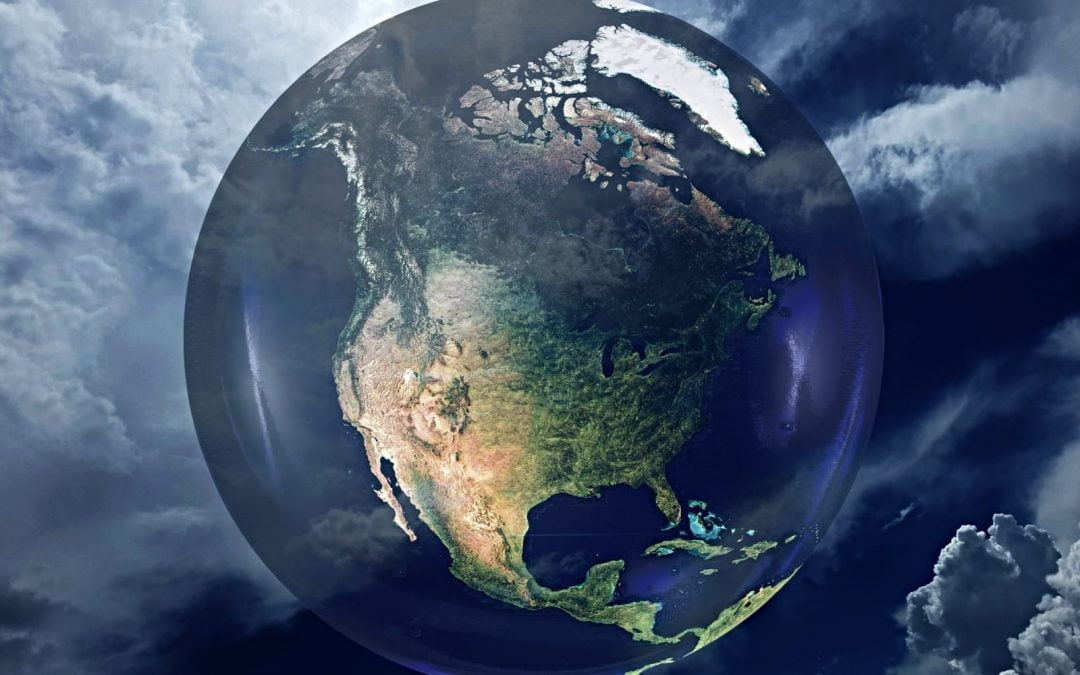While global temperatures continue to rise, ozone conditions have improved since 2014 as a result of the Montreal Protocol.
This was a central finding in a new World Meteorological Organization (WMO) report published in early November, the ninth assessment since the protocol’s adoption in 1987.
The protocol is an international agreement, signed by nearly 200 nations, to reduce ozone-depleting substances (ODSs) in order to reverse damage to the ozone.
In 1991, a fund was established to assist lower-income nations meet the protocol’s requirements.
“Actions taken under the Montreal Protocol have led to decreases in the atmospheric abundance of controlled ozone-depleting substances (ODSs) and the start of the recovery of stratospheric ozone,” the report said. “The Antarctic ozone hole is recovering while continuing to occur every year. … Outside the polar regions, upper stratospheric ozone has increased by 1 [percent to] 3 percent per decade since 2000.”
Despite this success, global emissions of greenhouse gases have continued to increase, dimming prospects of keeping overall temperature increases under the target of no more than 2 degrees Celsius above pre-industrial levels.
An Intergovernmental Panel on Climate Change (IPCC) report published Oct. 8 projected a narrowing window of opportunity to make the necessary changes to meet this target and avoid more significant consequences of a warmer planet.
While many greenhouse gas emissions from ODSs have decreased, the WMO report found that, contrary to previous models, the amount of CFC-11 released into the atmosphere has increased since 2012 in eastern Asia.
CFC-11 is a chlorofluorocarbon widely used as a refrigerant and in foam production until it was discovered that it contributes to ozone depletion.
While it is one of the substances parties to the Montreal Protocol agreed to reduce, and ultimately eliminate, the increase indicates new production that the United Nations is seeking to investigate.
Hydrofluorocarbon (HFC) emissions also have increased since 2012, with a projected peak in 2040.
Because HFCs do not deplete the ozone, they have been substituted for ozone-damaging compounds in various applications, such as refrigeration, aerosol cans and insulation, since the Montreal Protocol.
However, HFCs were later recognized as a greenhouse gas contributing to global warming, which led to the adoption of the Kigali Amendment to the Montreal Protocol.
Signed in 2016, the amendment focuses on reducing HFC usage and mitigating the impact of HFCs on global temperature increases.
“The Montreal Protocol is one of the most successful multilateral agreements in history for a reason,” said Erik Solheim, head of UN Environment, in a press release announcing the report. “The careful mix of authoritative science and collaborative action that has defined the protocol for more than 30 years and was set to heal our ozone layer is precisely why the Kigali Amendment holds such promise for climate action in future.”
An executive summary of the report is available here.


